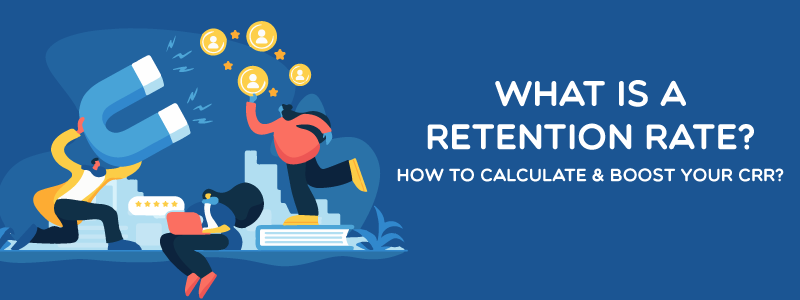The Dip: Our Customer Retention Rate has Decreased
Picture this: Your business has been thriving precisely because of your success in attracting and retaining a dedicated customer base. Then suddenly, you notice a significant dip in the graph that represents customer retention rate or ‘the dip’, as we will refer to it in this discourse. What causes such a dip? More importantly, what can you do to arrest this decline and get back on the trajectory to success? Let’s find out!
Contents
Identifying the Customer Retention Dip
Start by scrutinizing your data analytics to pinpoint when and where the dip occurred. Was it after a certain marketing campaign? Or did it coincide with an update or a change in your product or service? Your CRM data can yield important clues about your customers’ behavior.
The term ‘dip’ here means bad news – you’re losing more customers than you are retaining. And remember, it costs 5-25 times more to acquire new customers than to retain existing ones. Hence, identifying this dip is an essential first step towards reversing the tide.
Factors Influencing Retention Rates
What could possibly trigger a decrease in your retention rates? Causes can vary dramatically depending on your specific context. However, factors such as changes in market dynamics, emergence of new competitors, dissatisfaction with your service, or simply evolving customer preferences may contribute to a dip.
Customer communication and interaction can strongly influence retention rates too. For example, your brand’s responsiveness on social media or effectiveness of communication could be a determining factor. In fact, 91% of unhappy customers will choose not to continue doing business with you if negative experiences are not addressed effectively.
Effects of Decreased Customer Retention
The impact of a decrease in customer retention can go beyond the immediate reduction in sales numbers. Keep in mind that loyal customers often have a higher value than first-time purchasers; they’re worth up to 10 times their initial purchase on average.
Moreover, decreasing customer retention by even a small percentage affects not just your revenue, but also your cost structure. It means spending more on acquisition costs to replace the lost customers – a clear and unwanted hit on your bottom line.
Strategies to Improve Retention Rate

Faced with a dip, it’s essential to formulate strategies focused on rebuilding customer loyalty and trust. Ask yourself: How can you provide additional value to your customers? Can you improve their experience with better service, smooth transactions or effective problem-solving?
Solicit feedback from your customers as well. Since only 1 out of 26 unhappy customers typically complains, the rest simply churn without giving any indications of their dissatisfaction. Constructive criticism can offer valuable insights on areas for improvement.
Implementing Customer Loyalty Programs
A proven methodology entails implementing customer loyalty programs aimed at incentivising repeat business. A simple yet effective reward system – such as points or exclusive promotions – can motivate customers to ratchet up their engagement level and engender long-term loyalty.
Loyalty programs work not only because they reward repeat business, but also because they make your customers feel valued and appreciated. So here’s your win-win situation: Greater customer satisfaction leading to increased customer retention!
Engaging Customers with Personalization
Personalizing customer engagement is another strategy to boost retention rates. This can involve offering personalized recommendations, tailoring email content, or even remembering birthdays and anniversaries. After all, who doesn’t appreciate that little personal touch?
By creating a unique shopping experience, you can help foster a stronger emotional connection between customers and your brand. This connection can be incredibly effective in reducing churn rates and increasing customer lifetime values.
Measuring the Success of Retention Initiatives
After putting new strategies in place, it’s crucial to track their impact on your retention rate. Strong metrics will not only help you assess your progress, but also guide future decision-making regarding resource allocation and strategy adjustments.
Remember that improving your customer retention takes time – it’s very much an ongoing process. Regularly review and adjust your strategies as new data comes in, maintaining a focus on long-term goals, not just short-term jumps in metrics.
A Final Note
The dip in customer retention rate is undoubtedly a cause for concern. However, by accurately identifying its causes, understanding its ramifications and implementing successful strategies to counteract the dip – from loyalty programs to personalization – there’s every reason for optimism. Keep evaluating the success of these initiatives over time and continuously strive for better customer experience, for therein lies the key to sustained business growth!










